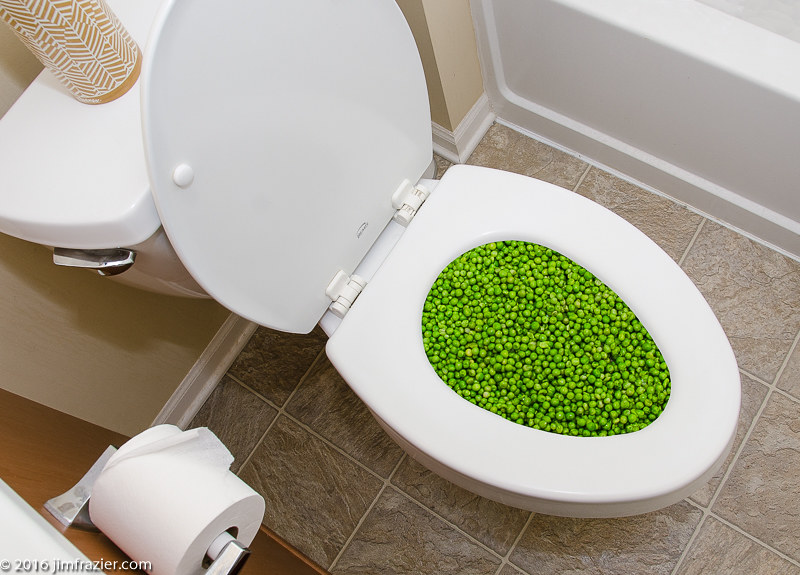Can One to Dispose of Food Waste in the Toilet?
Can One to Dispose of Food Waste in the Toilet?
Blog Article
The article author is making a number of great points related to Flushing Food Down the Toilet? as a whole in the content beneath.

Intro
Lots of people are typically faced with the issue of what to do with food waste, especially when it comes to leftovers or scraps. One usual concern that occurs is whether it's fine to flush food down the toilet. In this short article, we'll explore the reasons that people could take into consideration flushing food, the effects of doing so, and alternative methods for proper disposal.
Reasons why individuals might consider flushing food
Lack of recognition
Some individuals might not be aware of the potential damage triggered by purging food down the commode. They might wrongly believe that it's a safe technique.
Convenience
Purging food down the toilet may seem like a fast and very easy solution to taking care of unwanted scraps, specifically when there's no close-by trash bin readily available.
Negligence
Sometimes, individuals may just select to flush food out of large idleness, without taking into consideration the effects of their actions.
Effects of flushing food down the bathroom
Environmental influence
Food waste that winds up in rivers can add to air pollution and injury water communities. Additionally, the water used to purge food can strain water resources.
Pipes problems
Purging food can lead to blocked pipes and drains pipes, causing costly plumbing repair services and troubles.
Sorts of food that must not be flushed
Coarse foods
Foods with fibrous appearances such as celery or corn husks can get entangled in pipelines and trigger obstructions.
Starchy foods
Starchy foods like pasta and rice can take in water and swell, resulting in obstructions in pipelines.
Oils and fats
Greasy foods like bacon or cooking oils ought to never ever be flushed down the bathroom as they can solidify and trigger blockages.
Appropriate disposal techniques for food waste
Making use of a garbage disposal
For homes equipped with garbage disposals, food scraps can be ground up and flushed through the pipes system. However, not all foods appropriate for disposal in this fashion.
Recycling
Specific food packaging materials can be recycled, lowering waste and minimizing environmental impact.
Composting
Composting is a green way to get rid of food waste. Organic materials can be composted and utilized to enrich dirt for horticulture.
The relevance of proper waste management
Reducing environmental damage
Proper waste management techniques, such as composting and recycling, assistance lessen contamination and maintain natural deposits for future generations.
Shielding pipes systems
By preventing the technique of flushing food down the commode, home owners can avoid pricey plumbing repair work and maintain the integrity of their pipes systems.
Verdict
To conclude, while it might be appealing to purge food down the commode for convenience, it is essential to comprehend the potential repercussions of this activity. By taking on proper waste management practices and getting rid of food waste properly, people can add to much healthier pipes systems and a cleaner atmosphere for all.
FLUSH FOOD DOWN THE TOILET?
FLUSHING FOOD CAN CAUSE BLOCKED DRAINS IN YOUR HOME
All of the plumbing fixtures in your home are connected to the same sewer pipe outside of your home. This outdoor sewer pipe is responsible for transporting all the wastewater from your home to the Council sewer mains. Even small pieces of food that go down the kitchen sink can cause problems for your sewer. It should therefore be obvious that flushing larger bits of food, such as meat, risks a clog in either the toilet itself or the sewer pipes. Flushing greasy food is even more problematic because oil coagulates when it cools, coating the interior lining of your pipes.
THE TOILET IS NOT A BIN
Food isn’t the only thing that people shouldn’t be flushing down the toilet. People use the toilet to dispose of all kinds of things such as tampons, makeup wipes, dental floss, kitty litter and even underwear. Water goes to great lengths to educate residents about the high costs and stress placed on wastewater treatment systems simply from people flushing the wrong stuff down the toilet. It costs taxpayers millions of dollars each year, and homeowners thousands in blocked drain repairs.
FLUSHING FOOD IS A WASTE OF WATER
Flushing food is a waste of our most precious resource - water. In June this year Level 1 water restrictions were introduced to protect water supply from drought conditions. Much of New South Wales continues to be affected by prolonged drought with recent figures revealing up to 97 per cent of the state remains in drought. Depending on whether you have a single or dual flush toilet, every single flush uses between five and 11 litres of water. In the current climate this is a huge amount of water to be wasting on flushing food that should be placed in the bin (or better yet, the compost).
https://www.jabplumbingsolutions.com.au/blog/can-you-flush-food-down-the-toilet

I hope you liked our topic about Is it safe to flush food (especially rice) down the toilet?. Thanks a lot for spending some time to read our article. Sharing is good. You won't know, you may just be helping someone out. I praise you for your time. Please come visit our blog back soon.
Check Us Out Report this page